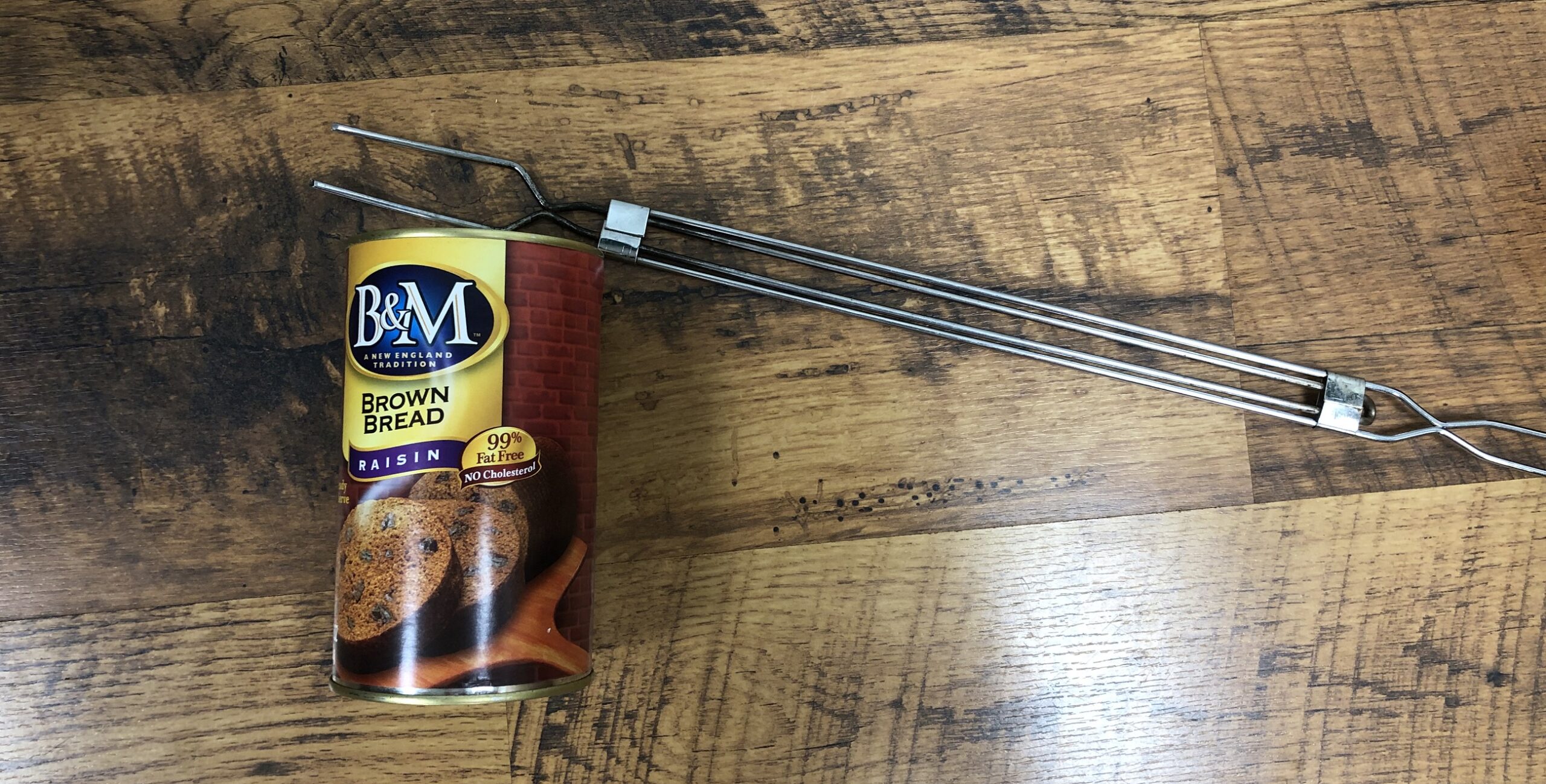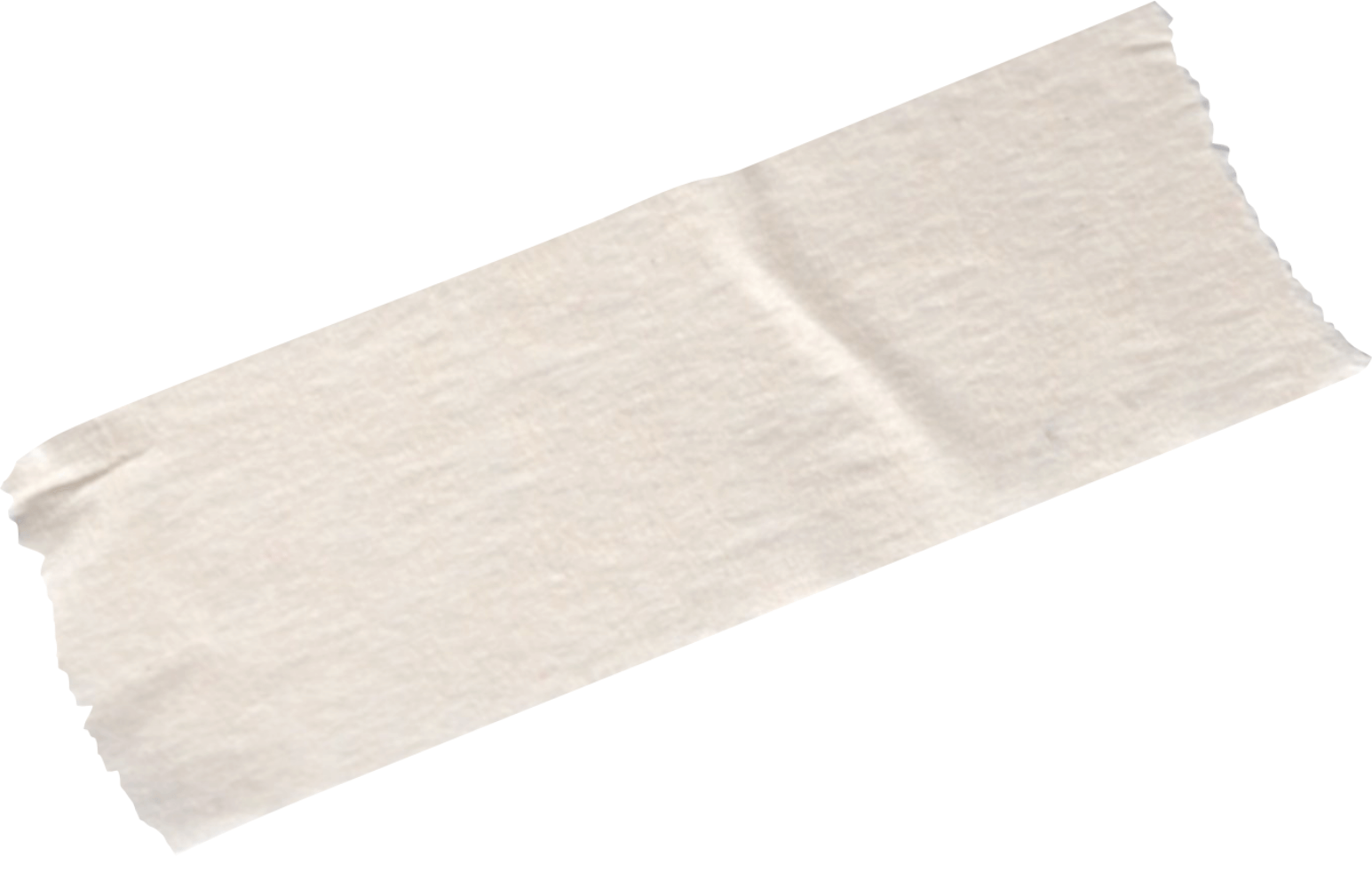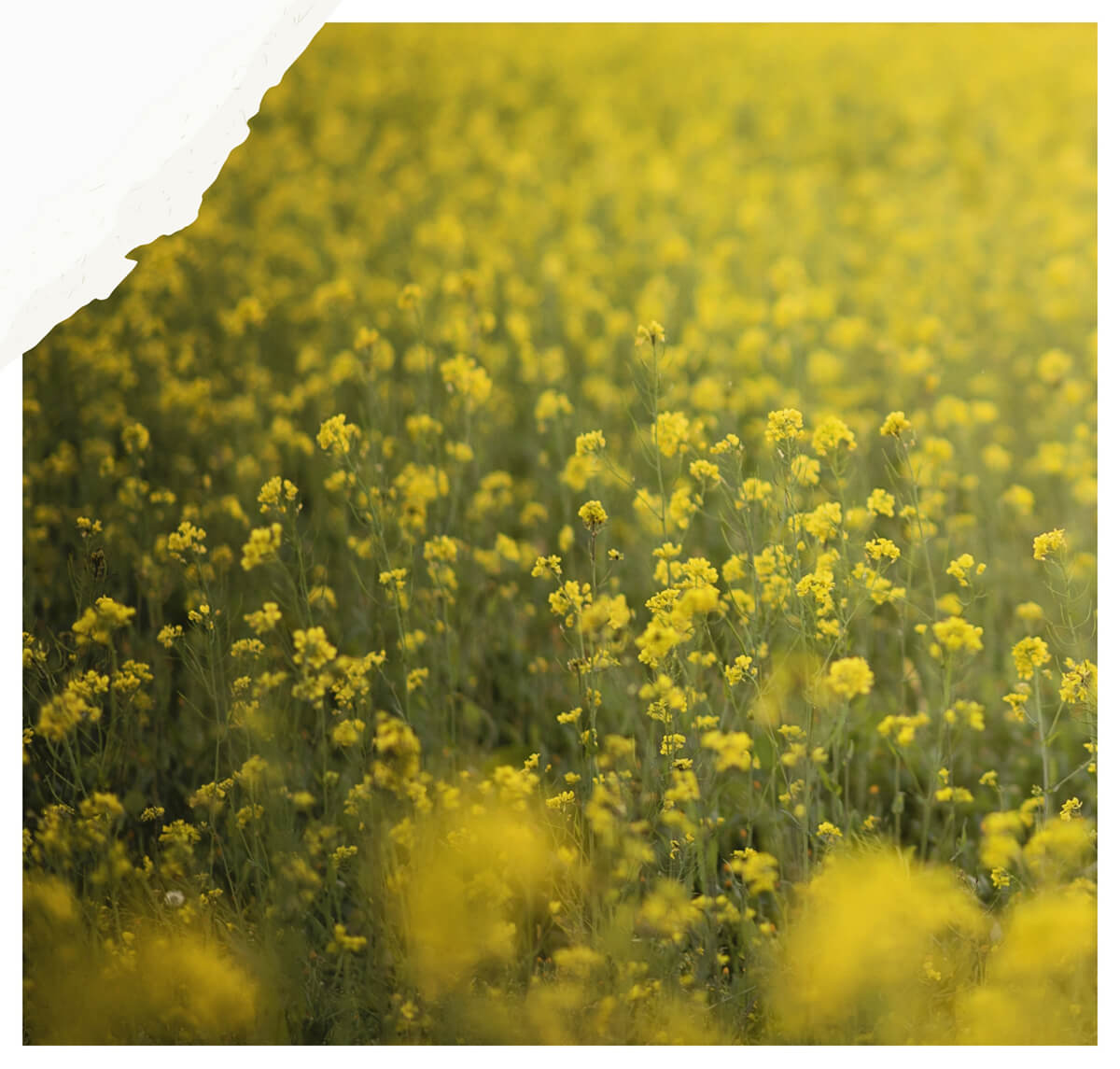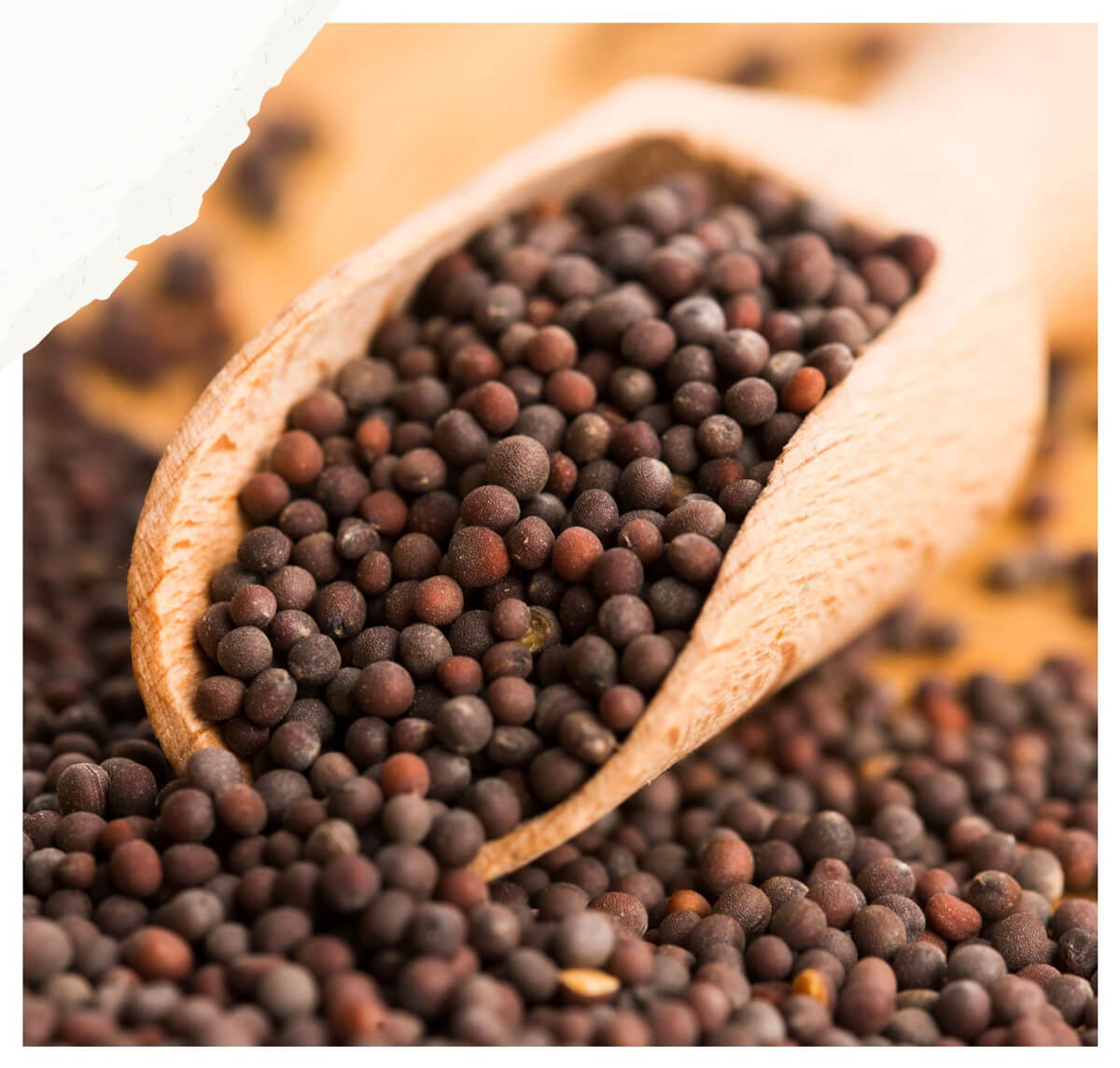Canned Brown Bread (Reflections on Taste and See)

You will read this post in a couple weeks when I have returned from vacation. But as I sit down to write, I am still on the anticipatory side of a 10-day camping trip. We’ll tour some new stretches of my beloved New England, get lost in the woods (hopefully just figuratively), and enjoy some screen-time detox.
As I begin to load boxes with unperishables, one must-have staple tops my list: canned brown bread.
Have you heard of this phenomenon?
I never knew canned bread was unusual – in the way you never think anything you grow up with is unusual – until I tried to find some while traveling in Indiana. I was greeted with empty shelves and blank stares.
Bread… in a can?
Brown Bread – Brief History
So I did what any self-respecting treasure hunter does. I googled. It was then that I learned canned bread is a regional thing.
It originated in New England, likely dating back to colonial days. Brown bread also seems to have some Irish heritage, which could explain why Boston seems to be one of the hotspots for this bread. In fact, another common name is Boston Brown Bread. Colonists would mix rye, cornmeal, and/or wheat along with molasses in a coffee can and steam cook it over the fire. The greater availability of corn and rye (New England is not good wheat growing country) likely helped instigate this bread.
Before this moment, I never considered how brown bread is cooked. My personal cooking method is open the can, slice, and eat. Or, if I’m feeling particularly ambitious, wrap in foil or skewer over the campfire to toast. Someone else has obviously done the heavy lifting. (Thank you, B&M.)

Steaming makes sense to me though, because it calls to mind English steamed puddings (which are more of a cake than what we typically refer to as a pudding in the United States.) Canned brown bread is similarly dense and moist. The texture is coarse from the whole grains and cornmeal, and tangy sweet from the molasses.
I can try to explain canned brown bread to you, but if you’ve never had it, the best way to know what it tastes like is to try it. B&M is the only kind I’ve ever had, but in my research (a.k.a., 30 minutes of googling) I also came across a couple recipes.
- https://www.seriouseats.com/easy-boston-brown-bread
- https://www.simplyrecipes.com/recipes/boston_brown_bread/
I, of course, have not tried these. But they look intriguing. If you try them and need a taste tester, let me know.
Taste and See (Beyond Brown Bread)
The best way to see what canned brown bread tastes like is to experience it for yourself. This is a principle that applies to other areas as well. In our tech-dependent world it’s far too common to proxy our experiences through a screen. But no amount of study or vicarious youtubing can replace an immersive personal experience.
At some point you must taste and see for yourself.
God knows this about us, too. He invites us to see for ourselves. He calls us to wrestle with our own faith, not the faith of those around us.
As the bread of life, Jesus invites us – literally and figuratively – to taste and see. Sometimes the path is as coarse and dark as brown bread. But the longer we persevere, the more we learn to say like David, “your words are sweeter than {molasses} on my tongue.”
And if we think the 2-year shelf life of canned bread is noteworthy, let’s consider God’s invitation into an inheritance that can never perish, spoil or fade (See 1 Peter 1).
That’s worth tasting and seeing.
This post was first shared on inspireafire.com. I hope you enjoyed this second taste!

Search the Blog
Categories
Join the email list to receive the latest post and occasional exclusives

Meet Janet!
Janet Beagle, PhD is the founder of The Mustard Patch. She divides her time between the Midwest and New England, and if she’s not writing, she’s probably out hiking with her 2-and 4-footed friends.





